Yellowstone National Park is a mesmerizing tapestry of untouched wilderness and majestic wildlife. Nestled predominantly in Wyoming, this iconic park is a haven for nature enthusiasts and adventurous souls. Yet, while its beauty is unparalleled, Yellowstone is also home to some of the most incredible and, at times, unpredictable wildlife encounters. As you wander through its vast landscapes, being prepared for the unexpected can make all the difference. Whether you’re a seasoned explorer or a curious traveler, understanding the wildlife you might encounter can enhance your experience tenfold.
The Mighty Grizzly Bear
Grizzly bears are the embodiment of power and wilderness spirit in Yellowstone. Recognizable by their humped shoulders and formidable size, these bears are both awe-inspiring and potentially dangerous. While they often prefer to avoid humans, food sources can sometimes lead them closer to campsites and trails. The thrill of spotting a grizzly from a safe distance can be a highlight of any trip, but it’s crucial to maintain that distance. Carrying bear spray and making noise while hiking are effective methods to avoid surprise encounters. Remember, a grizzly can run faster than the average human, so respect their space and always be alert.
Majestic Bison Herds
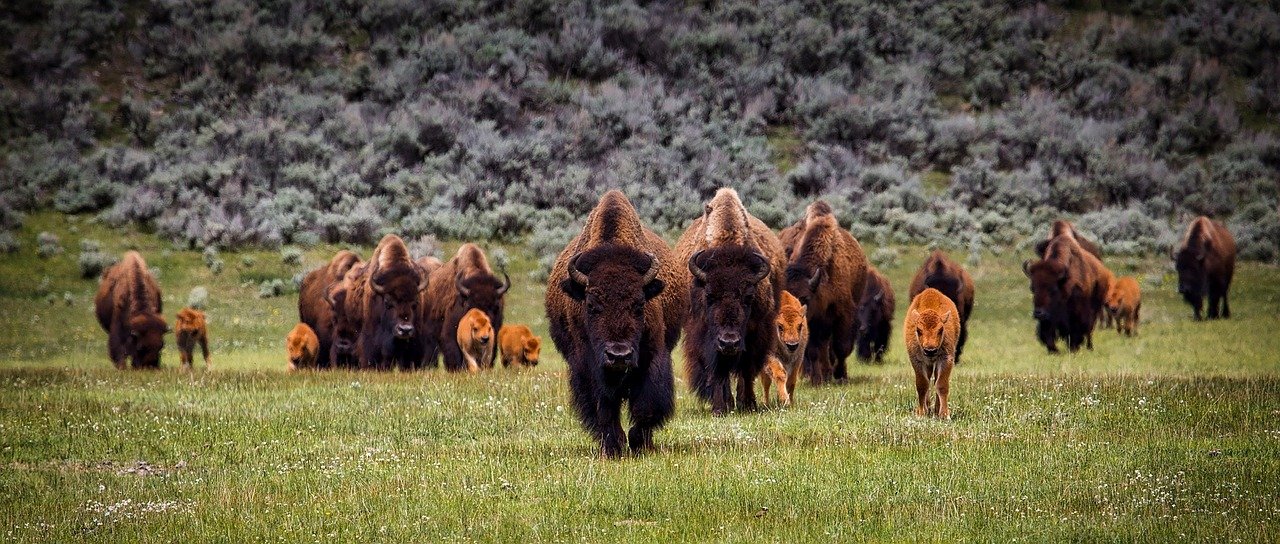
Bison are synonymous with the spirit of the American West, and Yellowstone is their kingdom. Weighing up to 2,000 pounds, these gentle giants can appear docile but are surprisingly agile and can run up to 35 miles per hour if provoked. Visitors often find themselves mesmerized by the sight of a bison herd grazing peacefully. However, it’s essential to keep a safe distance, as bison can become aggressive when they feel threatened. Always use binoculars or a zoom lens to appreciate their grandeur without encroaching on their space. Remember, the safety rule is to stay at least 25 yards away.
Elusive Gray Wolves
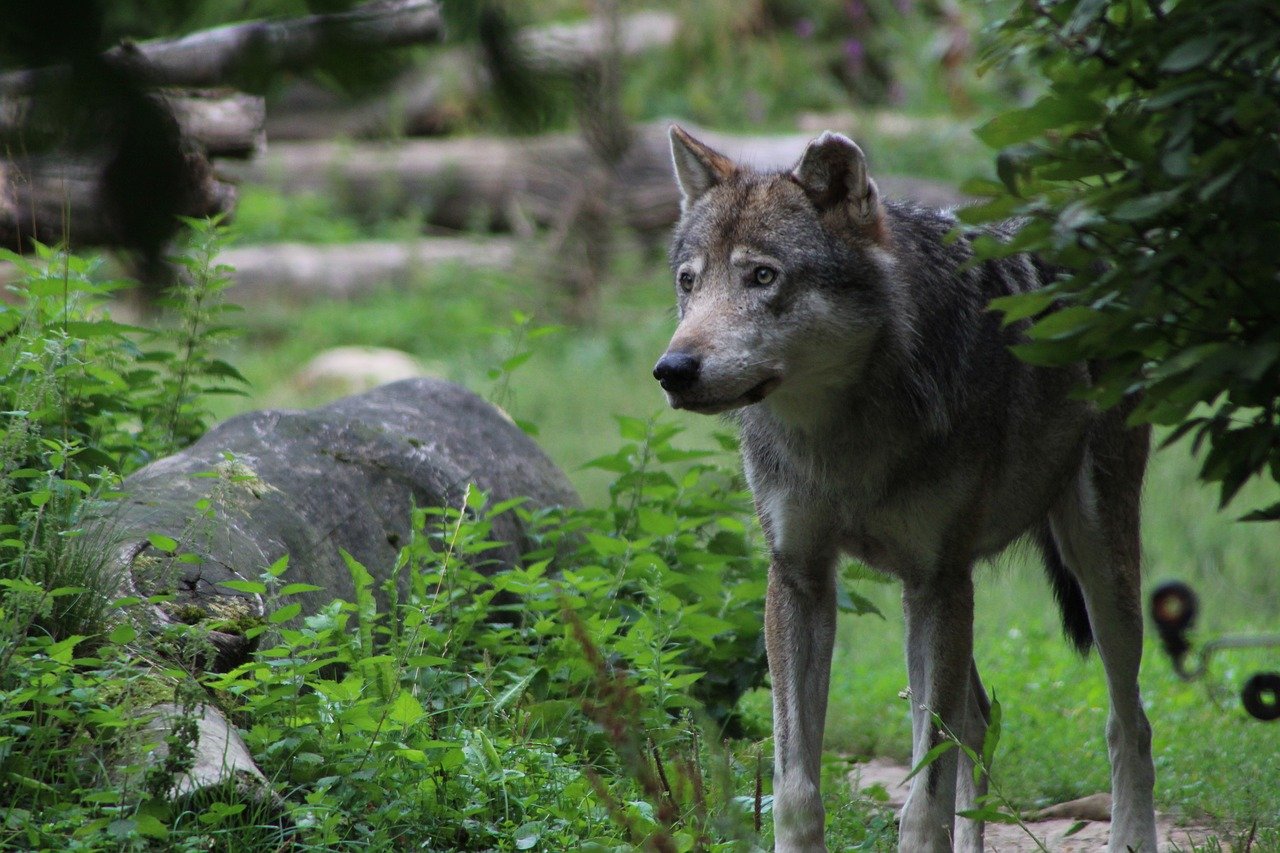
The reintroduction of gray wolves to Yellowstone in the 1990s stands as one of the most significant wildlife conservation successes. These magnificent creatures roam the park in packs, and spotting one is a rare and thrilling experience. Wolves are generally elusive and shy away from human interaction. However, wolf-watching tours provide an opportunity to see these animals in their natural habitat. Listening to the haunting howl of a wolf pack at dusk can be a profound, almost spiritual experience. If you’re lucky enough to witness a wolf, cherish the moment and maintain a respectful distance.
Playful River Otters
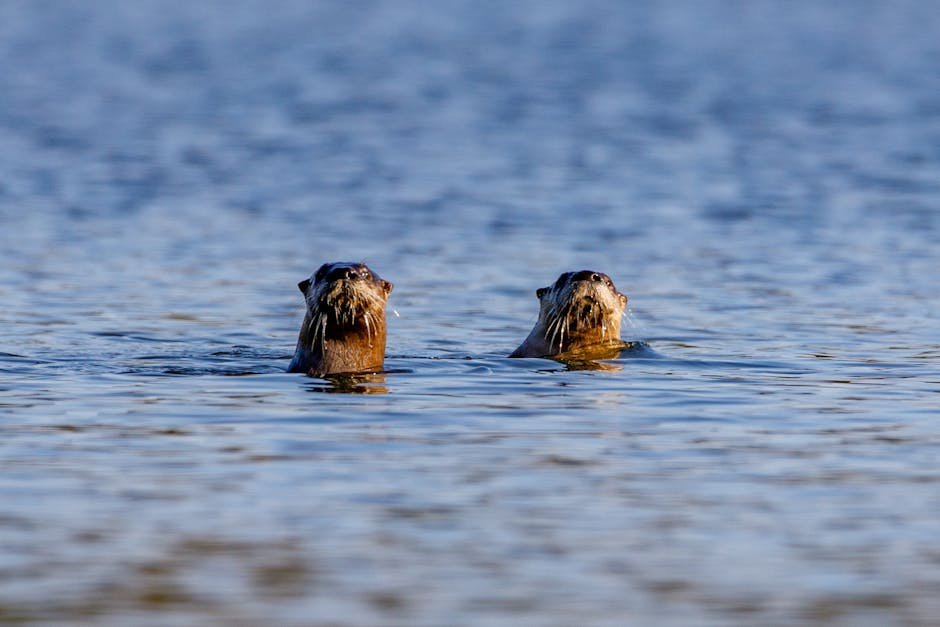
River otters add a touch of playful charm to Yellowstone’s waterways. These sleek, agile creatures are often seen frolicking in the rivers or sliding down muddy banks. Their curious nature and intricate social behaviors make them fascinating to observe. Otters are generally harmless to humans, but it’s important not to disturb their natural activities. Observing from a distance with a pair of binoculars can offer a glimpse into their playful world. Keep an eye out for their telltale tracks along riverbanks, a sign that these delightful creatures are nearby.
Prowling Mountain Lions
Mountain lions, also known as cougars or pumas, are the stealthy phantoms of Yellowstone’s forests. These elusive predators are rarely seen, but their presence is felt throughout the park. With powerful bodies and acute senses, they are masters of their domain. While attacks on humans are extremely rare, it’s wise to stay aware and avoid hiking alone, especially at dawn or dusk. If you do encounter a mountain lion, maintain eye contact, stand your ground, and make yourself appear larger. These big cats are a testament to the untamed beauty of Yellowstone, reminding us of nature’s raw power.
Curious Coyotes
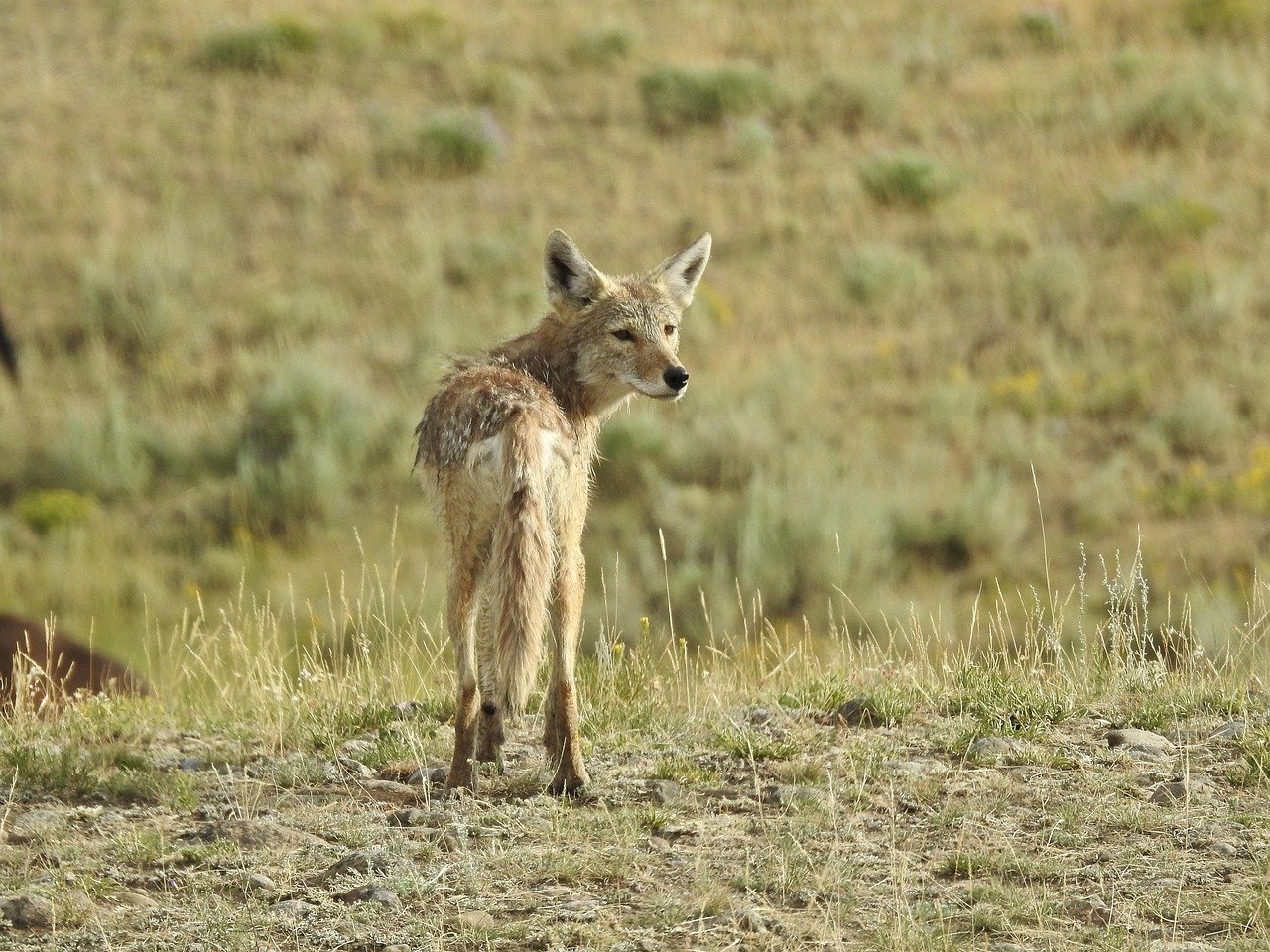
Coyotes are the clever tricksters of the animal kingdom, often spotted trotting across Yellowstone’s meadows. Smaller than wolves but larger than foxes, these adaptable creatures are known for their intelligence and resourcefulness. Coyotes are generally not aggressive toward humans, but it’s important to secure food and trash to prevent them from becoming habituated. Watching a coyote hunt or play can be a delightful experience, highlighting their keen instincts and social dynamics. Always observe from a distance to ensure both your safety and theirs.
Endearing Black Bears
Distinct from their grizzly cousins, black bears are more common in Yellowstone. With their varied coats ranging from black to cinnamon, these bears are omnivorous and often forage for berries and insects. While generally less aggressive than grizzlies, black bears can still pose a threat if surprised or cornered. It’s crucial to store food securely and never approach a bear, no matter how cute it may appear. Using bear-proof containers and making noise while hiking can deter unexpected encounters. Admire these creatures from afar, and respect their role in the park’s ecosystem.
Graceful Elk
Elk are one of the most frequently encountered animals in Yellowstone, their majestic antlers and noble demeanor making them a sight to behold. During the fall rut, or mating season, bull elk can become particularly aggressive as they compete for mates. It’s essential to give elk plenty of space, especially during this time, and avoid any actions that might provoke them. Listening to the bugle of a bull elk echoing through the valleys is an unforgettable experience. Always keep a safe distance to enjoy this natural spectacle without putting yourself at risk.
Vibrant Bald Eagles
The sight of a bald eagle soaring over Yellowstone’s skies is a symbol of freedom and resilience. These majestic birds of prey are often seen near water bodies, where they hunt for fish. With their striking white heads and powerful wingspans, bald eagles are a testament to successful conservation efforts. Observing them in flight or perched atop a tall tree is a reminder of the park’s rich biodiversity. Binoculars can enhance your viewing experience, allowing you to witness their grace without disturbing their natural behavior.
Secretive Red Foxes
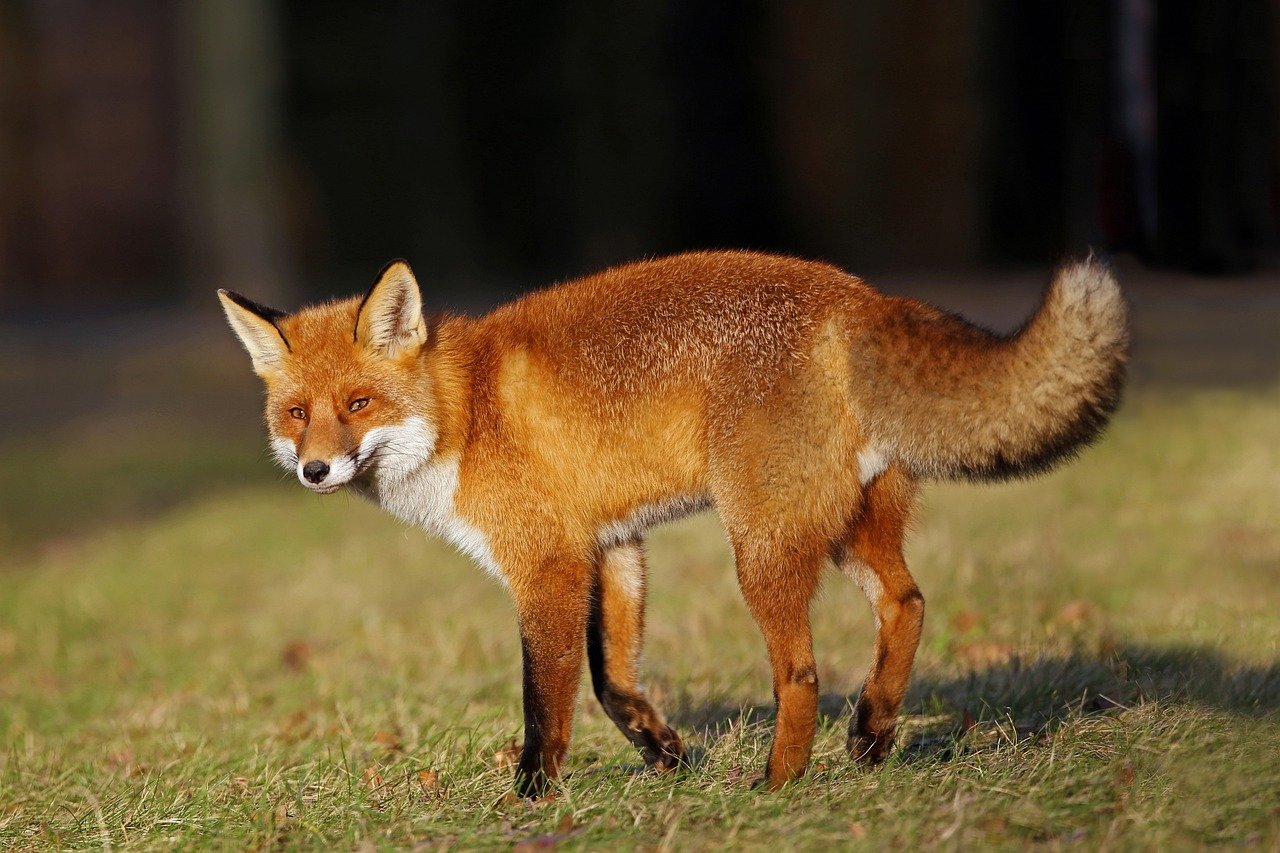
Red foxes, with their bushy tails and striking coats, add a splash of color to Yellowstone’s diverse wildlife. These adaptable animals are known for their cunning and agility, often hunting small mammals or scavenging for food. Spotting a red fox in the early morning or late evening can be a delightful surprise, as they move silently through the underbrush. Foxes are generally wary of humans, so it’s best to watch from a distance and avoid feeding or approaching them. Their presence is a reminder of the intricate balance of life in the park.
In Yellowstone National Park, every animal encounter offers a window into the wild and a lesson in respect for nature. Being prepared and informed can transform a simple sighting into an unforgettable adventure, leaving you with memories that last a lifetime.




